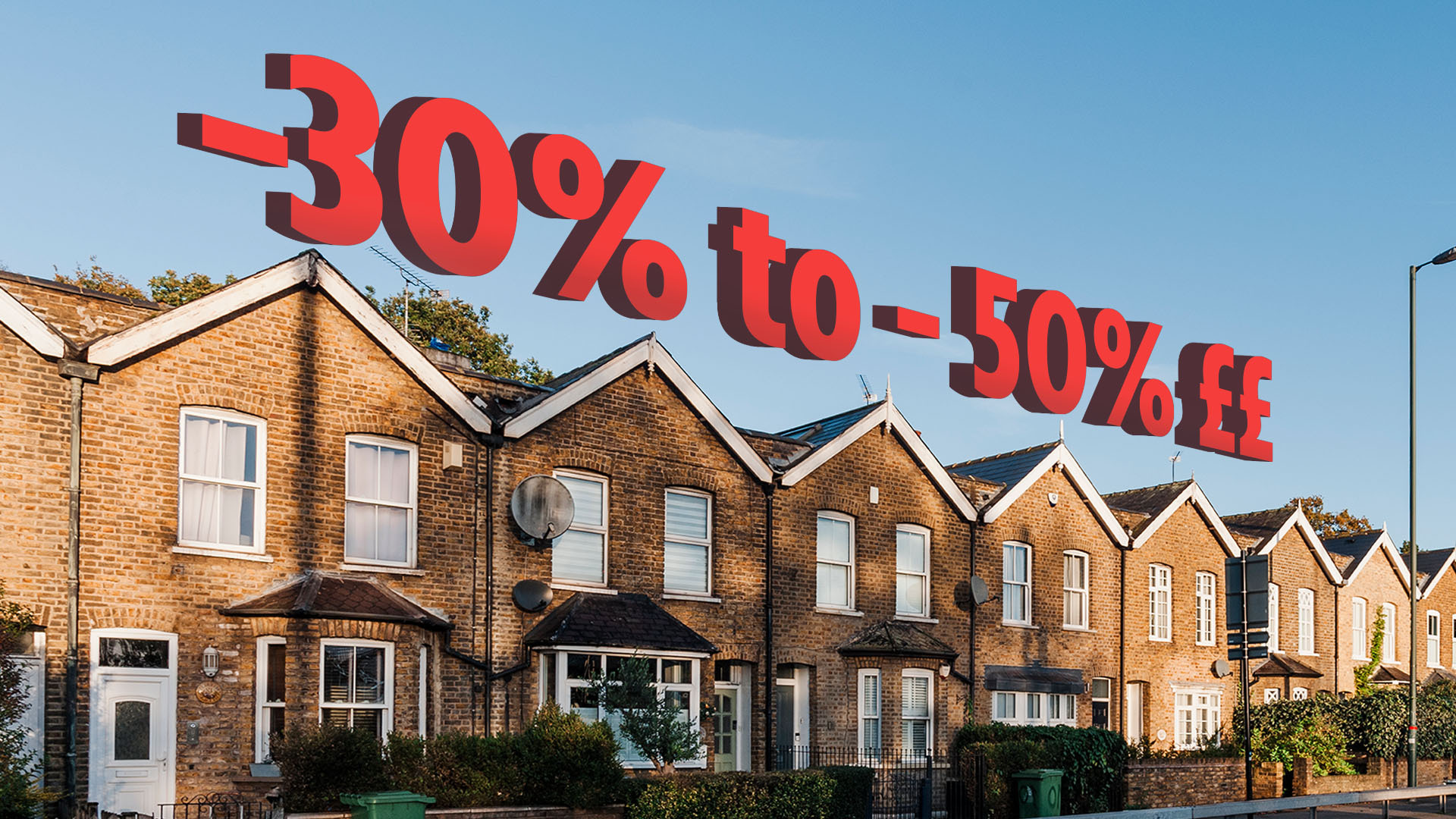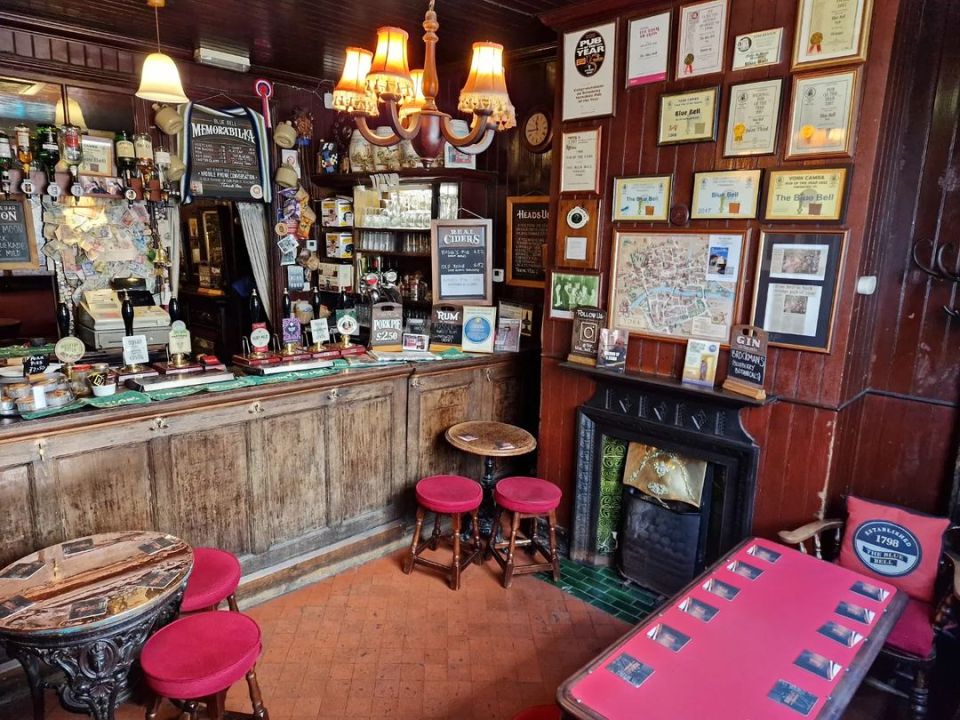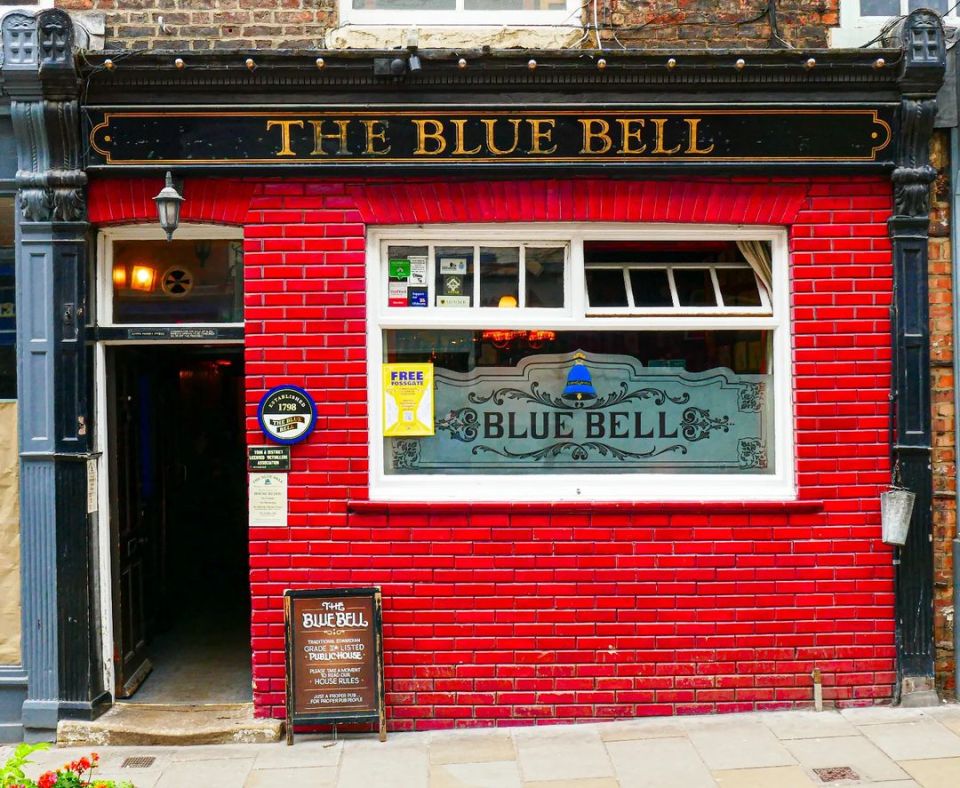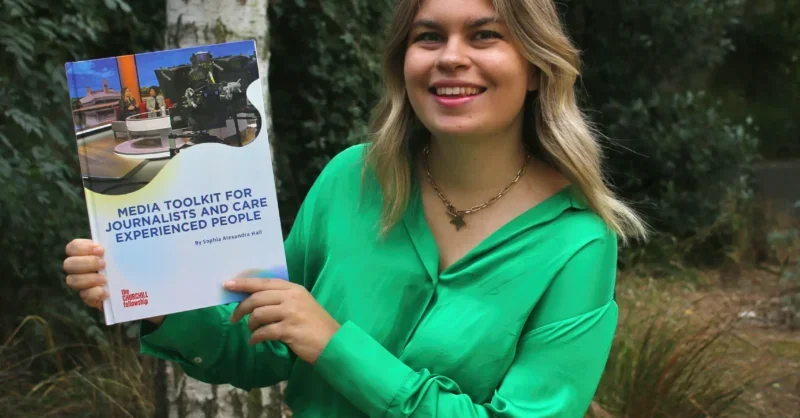It is now 65 years since the British writer and scientist CP Snow gave his famed Cambridge lecture on “The Two Cultures”, in which he lamented the seeming intellectual divide between the humanities and the sciences. The mood of the lecture, and the subsequent book, was subdued, bordering on gloomy. “There seems . . . to be no place where the cultures meet,” wrote Snow, citing his personal experiences of sterile High Table conversations at his Cambridge college. “I am not going to waste time saying that this is a pity. It is much worse than that.”
Flash forward to present-day Los Angeles, where Snow’s thesis is receiving an unlikely multimillion dollar stress test. It comes in the form of PST Art: Art & Science Collide, a months-long collaborative series of exhibitions across Southern California, involving more than 70 galleries and some 800 artists, opening this month.
The Getty foundation-funded exercise, comprising $20mn worth of grants, brings a bewildering diversity of works and themes to the exploration of the Two Cultures debate. Is it possible for the arts and sciences to move constructively forward, or are they doomed to permanent irreconcilability? Where Snow’s melancholy observations seem steeped in the claustrophobia of the senior common room and focused on literature, PST: Art finds cause for a sunnier outlook, through a series of arresting visual art shows.

“The title was a provocation,” says Joan Weinstein, director of the Getty Foundation. “It was partly to get the attention of audiences, and get them to ask that question — do [art and science] really collide? And you will see various interpretations and answers being offered here. The general view of the community is that, of course, they have long had something to do with one another. But there was this rupture that was created [by Snow’s book]. It was a kind of mythology which has had an amazing hold for a long time.”
There are some well-known areas of mutually rewarding collaborations: one of them is explored in the Palm Springs Art Museum’s radiant show Particles and Waves: Southern California Abstraction and Science 1945-1990, which explores the influence of space-age technology on painting and sculpture. The imagery and highly polished finishes used in locally based aerospace technology had a powerful effect on artists of the time.
Frederick Eversley’s sleek, subtly hued sculpture “Untitled (Black)” (1978), mesmeric in its dense opacity, owes much to the artist’s training as a designer of labs for Nasa’s Gemini and Apollo missions in the late 1960s. His experiments were mathematically inspired; few artists of the time knew what a plano-concave cylindrical parabolic lens was, let alone how to make one and turn it into a thing of beauty.

Co-curator Sharrissa Iqbal explains that West Coast Abstract Expressionism took its cue from the climate of scientific experimentation. “It is less about interior emotion than it is about atomic physics,” she says. “[The Californian minimalist painter] John McLaughlin differentiated himself from the East Coast painters by saying they were expressing themselves in their paintings, while he wanted viewers to see the work first of all, and then look inward and see themselves.”
At the UCR Arts centre, in Digital Capture: Southern California and the Pixel-Based Image World, there are examples of early digital trials that were scientifically inspired, yet coincidentally sparked the interest of local artists. “They knew something was happening in the Jet Propulsion Laboratory and at Nasa, and said, ‘Hey, what are those people doing, and how do I get into that lab?’” says Douglas McCulloh, who conceived the show.
Once inside the action, there was conflict rather than collusion, he says. “There is some hilarious correspondence from the scientists essentially asking, ‘What the hell are they doing here — this is a misuse of our technology!’ But they didn’t really know how to take advantage of what they were creating, or what to do with it.” Artists, on the other hand, became enraptured by the immediacy, and even the otherworldly glitches, of the nascent digital technology.

The blockbuster show of PST Art is at the Getty Center itself, and takes a richly historical view of art’s obsession with light. Lumen: The Art and Science of Light digs deep into medieval and Renaissance scientific theory, and how it enmeshed with the theological beliefs of the time. It was an era in which geometry and philosophy were innately twinned, and its artists responded with breathtaking originality and skill.
A 14th-century pinnacle of an altarpiece by Giotto shows two angels on either side of God, who are peering towards him using darkened glass frames, a symbolic reminder of our inability to perceive him. In an illustration of The Miracle of Mount Gargano, shortly after 1053, an archer pulls the string of his bow only for the arrow to enter his own eye. What looks comical to the 21st-century viewer has a humbling allegorical explanation: it is the arrow of truth that invades his body, enabling his soul to acquire spiritual vision.
Among the few contemporary works littered among this feast of images is Anish Kapoor’s “Non-Object Black” (2018), coated in “Vantablack”, the darkest material known to us, which absorbs 99.965 per cent of visible light and dramatically reduces our ability to perceive depth and texture. Here is another rendition of the unknowable, science deployed not to clarify but to portray transcendence. Not so different, perhaps, from the artistic travails of 1,000 years ago. Has science now become the new religion?
A vibrant presence in PST Art is that of indigenous technology, which is based on tradition and continuity, rather than the constant urge to innovate. In Blood of the Nopal at the Fowler Museum at UCLA, Mexican-American artists Tanya Aguiñiga and Porfirio Gutiérrez deliver powerful ecological messages using natural fibres and dyes including cochineal, a red pigment derived from a tiny insect which has been used by the Zapotec people since about 500BC.
It is Aguiñiga’s contemporary work that most captures the eye however: “Exercises in Understanding” (2020) uses pulverised rust from the US-Mexico border fence — another natural dye — to draw a blood-red ladder on to a wide strip of cotton, winding its pointless way up the gallery wall. “We feel we do not have the right to imagination,” she tells me of the precarious sociopolitical plight of her people. “It is really hard and really sad. But is so important for us to let the entire world know that we are here.”
Weinstein describes the number of indigenous projects put forward for inclusion in PST Art as a “wonderful surprise. One of the things that we have been able to think about is, ‘What is that relationship between indigenous knowledge and western science?’ I like the fact that, while some of the exhibitions are looking to the ancestral past, others are looking towards an indigenous future.

“The climate crisis has created an acknowledgement of how much we need to learn from indigenous technology. Particularly here in California, scientists are turning to indigenous communities to understand things like cultural burns, ritual burning that is meant to control fire, knowing when to cut back, when to let growth continue. It is very humbling.”
She cites the words of the New Mexico-based artist Cannupa Hanska Luger: “He says, ‘People are trying to figure out how to live through a dystopian present, well, look at us, we have been living through your dystopia for quite a long time now! We are the ones who can imagine a different future.’”
The dizzying array of viewpoints in PST Art is a smart fit for Los Angeles. It is hard to imagine any other city in the world that could pull it off with such zesty aplomb. Katherine Fleming, president and chief executive of the J Paul Getty Trust, speaking at its formal launch, went so far as to compare the city to “fin-de-siècle Vienna or Periclean Athens” in its ability to capture the cultural moment of the 21st century. She also announced that the event, now in its third incarnation following similar series of shows in 2011 and 2017, will become a regular fixture to be held every five years.
Opening celebrations were concluded at the LA Coliseum with a stunning five-act firework performance devised by the Chinese pyrotechnician Cai Guo-Qiang, with the aid of artificial intelligence powering more than 1,000 aerial drones. The artist gave a running commentary on the show which ended with two thunderous blasts of “divine wrath”. “Humans forever vacillate between fear and hope for salvation, with courage and unease, determination and doubt coexisting,” he recited. “This is the current state of our exploration of AI.”
It might have been described as art, or science, or both; but the collision of the two cultures finally meeting was palpable for miles around.
Details of exhibitions at pst.art
Four (more) shows to see at PST
Lightscape
Doug Aitken

Aitken is an astute and versatile observer of LA popular culture. Lightscape is described as a “shape-shifting act of contemporary storytelling” unfolding in various stages: a feature-length film, a multi-screen fine art installation, and a series of live musical performances. The film version, featuring the LA Phil New Music Group and the Los Angeles Master Chorale, premieres at Walt Disney Concert Hall on November 16; the exhibition follows at the Marciano Art Foundation from December 6.
Free the Land! Free the People!
Crenshaw Dairy Mart

An exhibition of eco-pods, loosely based on the work of Buckminster Fuller, channels the hippy spirit of California. Crenshaw Dairy Mart styles itself as an Inglewood-based artist collective “dedicated to shifting the trauma-induced conditions of poverty and economic injustice” through its designs for self-sufficient modular geodesic domes. To February 15 2025
Beatriz da Costa: (un)disciplinary tactics
LA Municipal Art Gallery

Stars of the show in this homage to the late Da Costa, an interdisciplinary artist who combined robotics and microelectronics with political interventions, are the (stuffed) pigeons carrying mini-rucksacks on their backs. These were employed in Da Costa’s PigeonBlog (2006-08) to upload air quality data as they were flying around LA. To January 5
Cyberpunk: Envisioning Possible Futures Through Cinema
Academy Museum of Motion Pictures
Outcasts and rebels fight against political corruption and berserk technology against spectacular dystopian backdrops: the Academy museum, a newcomer to the LA scene, traces the history of one of the more stylish movie genres of the past half-century, starting with 1982’s Blade Runner and brought right up to date with the Afrofuturism of 2021’s Neptune Frost. To April 12 2026
Find out about our latest stories first — follow FTWeekend on Instagram and X, and subscribe to our podcast Life and Art wherever you listen























































































































































You must be logged in to post a comment Login